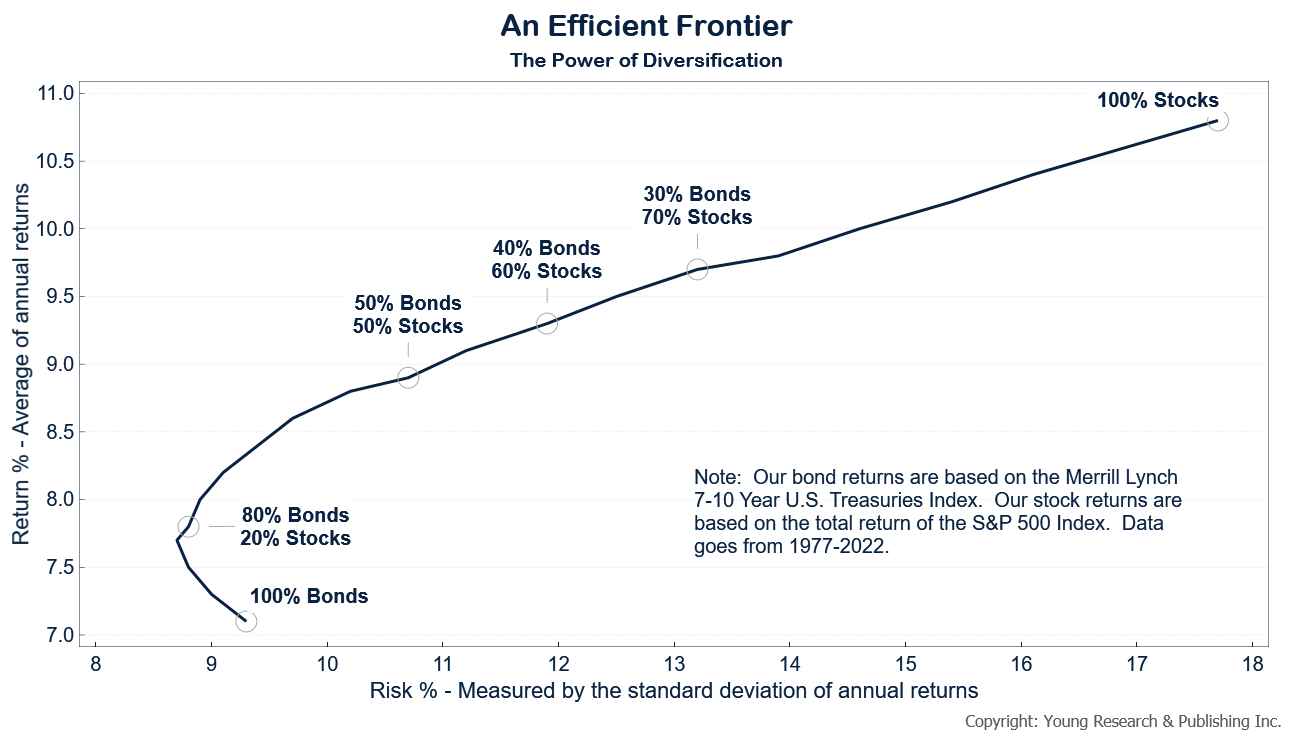Low interest rates have understandably pushed investors into junk bonds. More money has flowed into junk bonds this quarter than any quarter since 1980. The average yield is 7.98%, another record—the lowest since 1980. Investors can blame the Fed’s zero-rate policy, thanks to which a 10-year Treasury yields 2.18%, for pushing them into junk bonds.
While they’re being pushed into lower-quality bonds, investors are also being forced to look toward longer-maturity bonds to pick up yield. But wait until interest rates go up. The word to remember is duration. A bond’s duration is an approximation of the percentage decline in its value for every 1% increase in interest rates. The smaller the duration, the less sensitive a bond is, and therefore the less risky in terms of interest rate fluctuations. If rates increase by 1%, the price of a bond with a duration of 10 will fall by about 10%.
Junk bonds should play a role in your bond holdings. But be choosy when it comes to issuers, or hire an advisor to guide you through the minefield.



